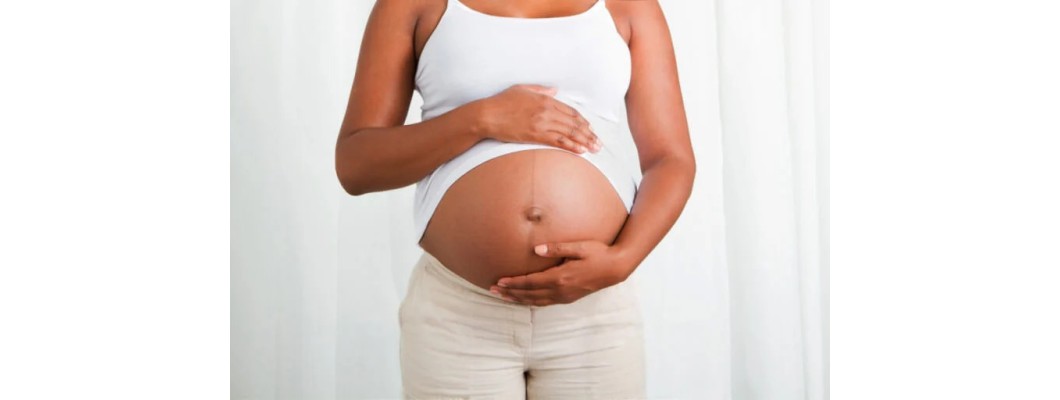
We know women undergo anatomical, physiological, and biological changes during pregnancy and the most noticeable are cutaneous changes. Skin changes are inevitable due to an increase in the size of the uterus and its contents, increased breast tissue, increased blood and water volume (extracellular and extravascular), deposition of fat and protein, and increased cellular water that are added to maternal stores. All these changes will make the skin stretch and trigger the following cutaneous changes:
Stretch marks (striae gravidarum) - this is associated with stretching of the skin and increased circulating aldosterone. They are slightly linear marks with varying length and breadth found in the abdominal wall below the umbilicus, over thighs, and breasts, which represent scar tissue in the deeper layer of the cutis.
Dry skin and itchy skin - this is caused by increased estrogen hormone in the blood and stretching of the skin as the baby bump grows. Also perfumes and fabrics triggers and therefore it is advised to use clothing made from natural fabrics. Another cause is the rash that occurs around stretch marks during late pregnancy known as Pruritic Urticarial papules and plaques of pregnancy (PUPPP). Obstetric cholestasis is a liver disorder that can result in a buildup of bile acids in the blood that causes itchiness.
Cloasma gravidarum or pregnancy mask - this is extreme pigmentation around the cheek, forehead, and eyes. Patchy or diffuse and disappears spontaneously after pregnancy. Also, the breasts have the appearance of dark veins running under the skin and striation due to stretching. Nipples become deeply pigmented. Also, there is a straight line running down the abdomen associated or increased levels of estrogen. It disappears after delivery.
HOW TO MANAGE AND REDUCE THE APPEARANCE OF THIS CHANGE.
- Weight management – eating healthy and eating necessary potions of food during this period will reduce exacerbated weight gain and decrease the intensity of skin stretching and deposition of fats.
- Hydrating often - take 1-2 liters of water daily to keep your skin hydrated and supple for easy stretching and will also reduce skin dryness and itchiness.
- Perfumes and fabrics - use loose clothing made from natural fabrics. Different materials and chemicals can rub a different way and cause itchiness considering during this period the skin is very sensitive.
- Avoid scratching your skin - this will help reduce skin irritation and the appearance of stretch marks
- Use topical natural moisturizers like Shea butter, cocoa butter, coconut oil, vitamin e, olive oil, and argan oil.
- Use body washes with oatmeal or olive oil which helps in moisturizing and nourish the skin for easy stretching.
- Use topical moisturizers that maintain normal skin pH levels and are hypo allergic. This will reduce dry skin and the appearance of stretch marks.
- Use topical moisturizers with elastin that help in increasing skin elasticity and will help easy stretching which eventually reduces stretch marks.
- Optimize on maintaining normal collagen levels – this is by ensuring you use sunscreen because ultraviolet light breaks down collagen and eating high antioxidants like fruits and vegetables that prevent collagen breakdown. Also, use topical moisturizers with readily absorbed collagen to maintain skin elasticity and for easy stretching.
Please remember using collagen supplements will need the advice of a pharmacist because collagen supplements are safe to use in pregnancy and breastfeeding but some accompany other ingredients that are not safe to use.
